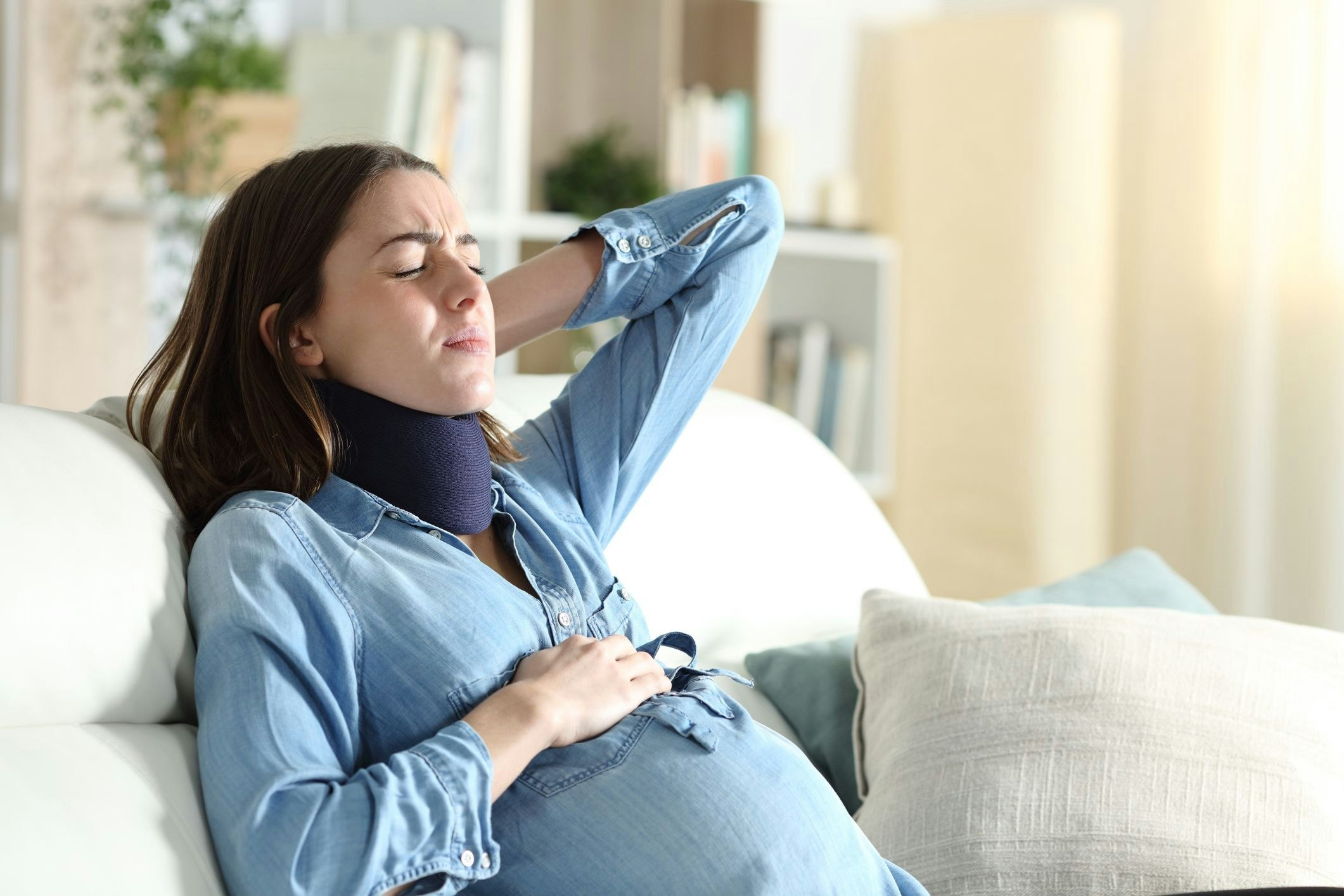Giving birth with an invisible disability

Key points:
- Research from the United States of America [USA] National Institute of Health [NIH] suggests women with disability have an increased likelihood of complications during birth, including death
- Although the pregnancy rate of women with disability is roughly equal to those without, the rate of maternal death during delivery is 11 times greater
- The NIH National Centre for Biotechnology Information found that women with disability were increasingly keen to have children, despite their condition
This edition of Disability Support Guide covers childbirth for women living with an invisible disability. This article provides information on outcomes, complications, support services and includes resources for further reading.
Although childbirth is a miraculous moment in any person’s life, people with and without disabilities may encounter hurdles with conception through to raising and supporting a child. If you believe that you may need support with medical or mental wellbeing, contact your doctor to discuss any concerns.
Outcomes for newborn
If a person is born with an invisible disability, as opposed to acquiring it throughout life, there is an increased likelihood of the condition being either heritable or inheritable to their child. However, genetic disorders, birth defects or psychosocial impairments — such as schizophrenia — are not guaranteed to run in the family.
During pregnancy, women with disability were more likely to experience a range of poor perinatal outcomes than the general population. Preterm birth, low birthweight in newborns and access to specialist support facilities were notably more common in women with disability than in pregnancies without disability as a factor.
Research from the NIH suggests that women with disability are more likely to live in poverty, smoke, experience substance use and may be more likely to experience depression — all of which are factors in Australia and are proven to have adverse outcomes for the health and wellbeing of a child. The daily smoking rate of Australians with disability was twice as high when compared to that of the general public.
Complications during delivery
In a study by the NIH which reported on 223,000 deliveries in 19 hospitals across the US, researchers found that women with disability had:
- Over twice the risk of severe preeclampsia (a potentially life-threatening hypertensive disorder of pregnancy)
- 48 percent higher risk for mild preeclampsia
- 25 percent higher risk for gestational diabetes
- 52 percent higher risk for placenta previa (placenta covering all or part of the cervix)
- 16 percent higher risk for premature rupture of the membranes
- 27 percent higher risk for haemorrhage
- 11 times the risk of maternal death
- Over six times the risk for thromboembolism ((blood clots in the lungs or veins in the legs)
- Four times the risk for cardiovascular events (heart attacks and other disorders of the heart and blood vessels)
- Nearly three times the risk for infection
- 33 percent greater likelihood of receiving the drug oxytocin to stimulate labour; to have delivery with forceps, a vacuum, or other devices to extract the foetus; or to have a caesarean delivery
The leading causes of direct maternal death in Australia, according to the Australian Institute of Health and Welfare (AIHW) are obstetric haemorrhage, thromboembolism, and hypertensive complications of pregnancy. Indirect maternal deaths were cardiac disease and psychosocial morbidity (substance abuse and mental health related).
Although maternal deaths are generally rare in first world countries such as the US and Australia, it is important to inform medical professionals of existing conditions. Regardless of whether you have been diagnosed, inform doctors that you believe you may have an underlying condition, as it is better to be safe than sorry.
Where to find support
To find support for pregnancy with disability, along with resources for housing assistance, childhood education and medical guidance — please visit the Disability Support Guide portal to find local services.
Related content:
A guide to dating for people living with disability